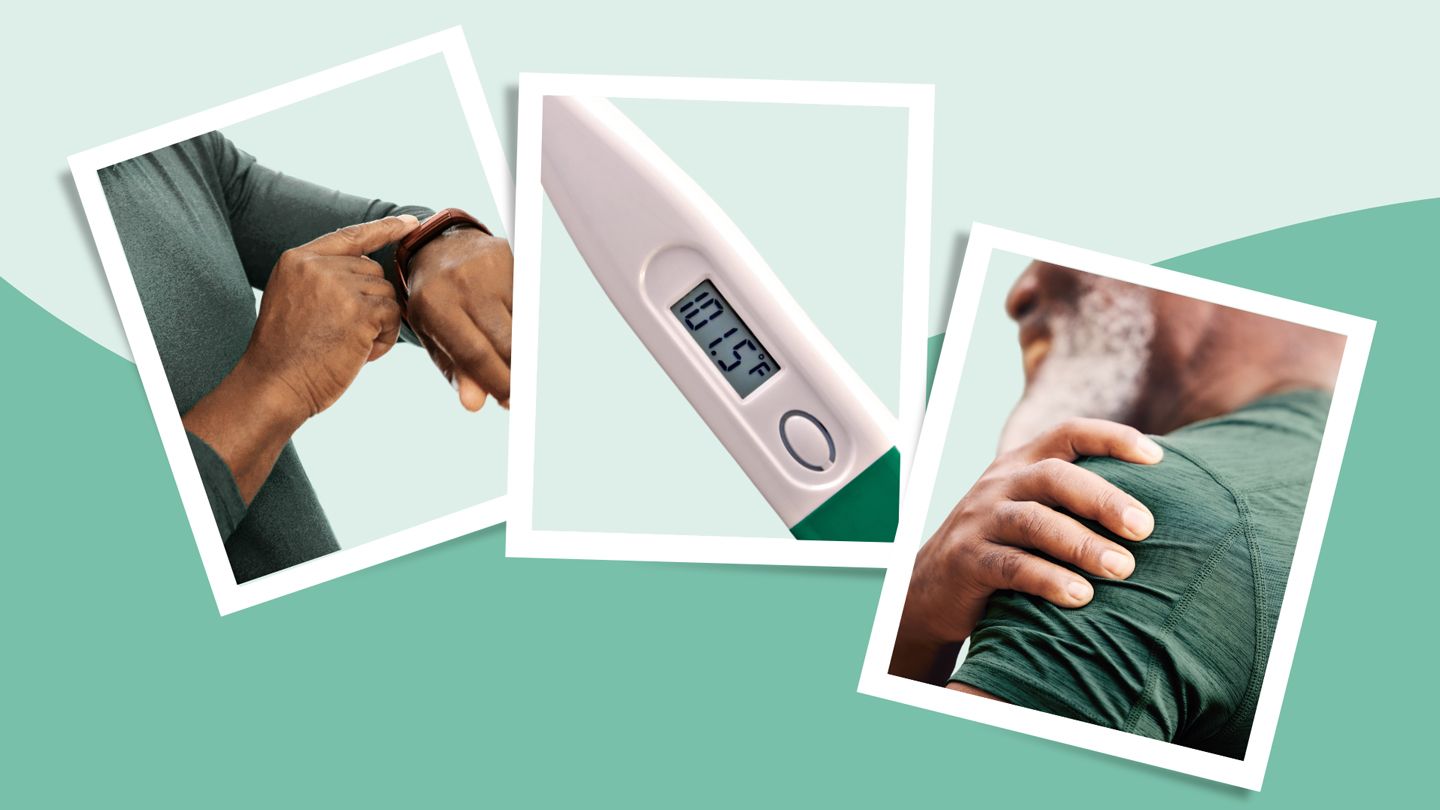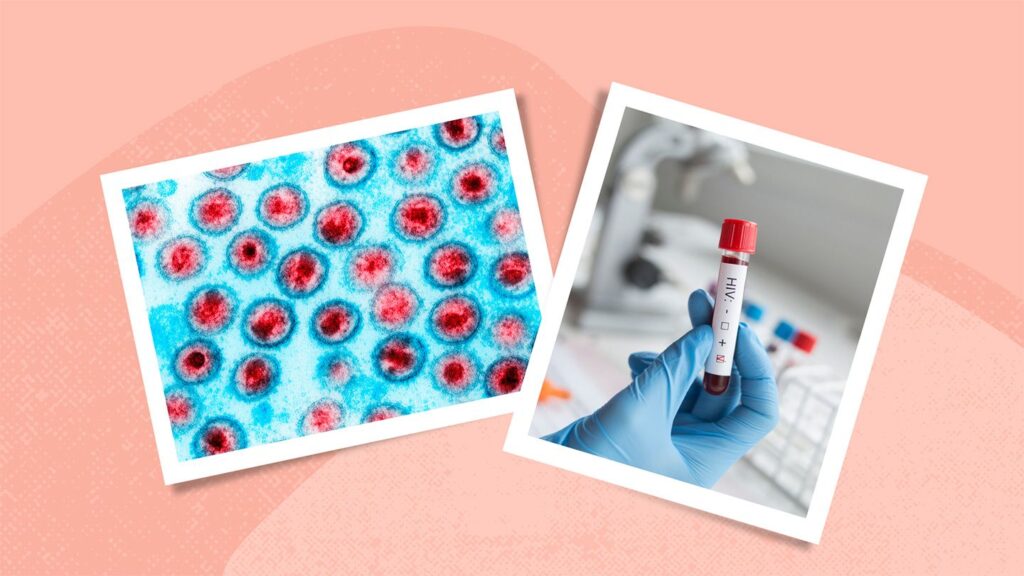Acute Pericarditis
The pain may get better when you sit up and lean forward and worse while you are lying on your back, says Dr. Anavekar.
- Fever
- Shortness of breath
- Fast heartbeat or heart palpitations
- Muscle aches and pains
- Hiccups or trouble swallowing
- Dry cough
- Anxiety or fatigue
- Swelling of the legs, feet, and ankles (in severe cases)
Recurrent Pericarditis
Most people with recurrent pericarditis experience the same symptoms as they did with their first episode of pericarditis.
Chronic Pericarditis
Chronic pericarditis generally means that the condition lasts more than six months. There are two types of chronic pericarditis, chronic effusive pericarditis and chronic constrictive pericarditis.
The condition may not have any noticeable symptoms, especially if the fluid buildup increases slowly.
If symptoms are present, they can include the following:
- Tiredness or fatigue
- Shortness of breath or difficulty breathing
- Chest pain, usually behind the breastbone or on the left side
- Discomfort while lying down
- Chest fullness
- Lightheadedness or feeling faint
Chronic constrictive pericarditis is a rare condition that may develop as a complication of acute pericarditis. Scar-like tissue forms throughout the pericardium that restricts the heart and keeps it from beating properly. This can be life-threatening and can lead to heart failure and other complications, though it’s often treatable.
- Difficulty breathing
- Weakness and fatigue
- Fluid buildup in the stomach and extremities
- Abdominal pain, nausea, and vomiting



